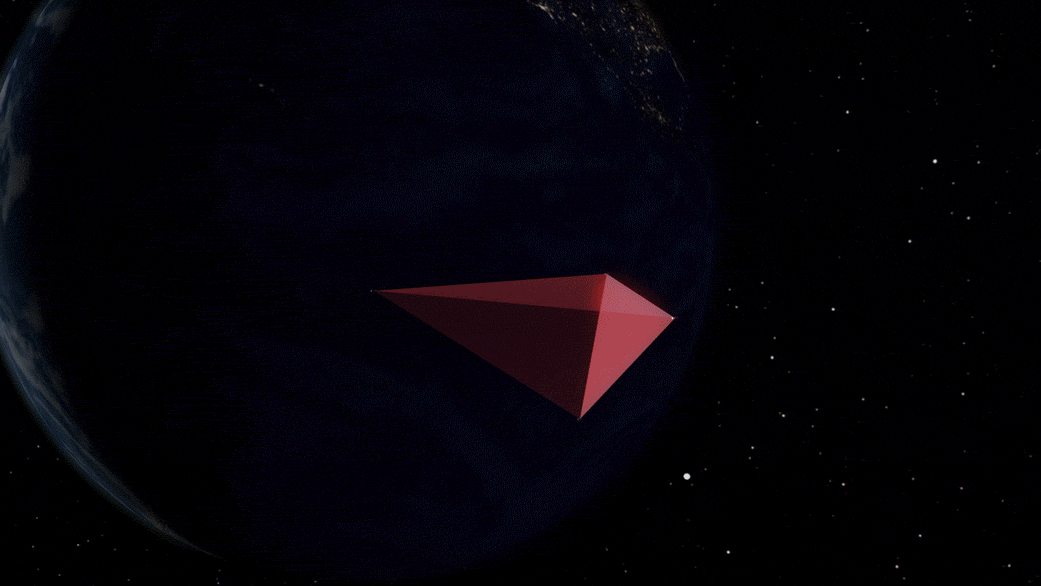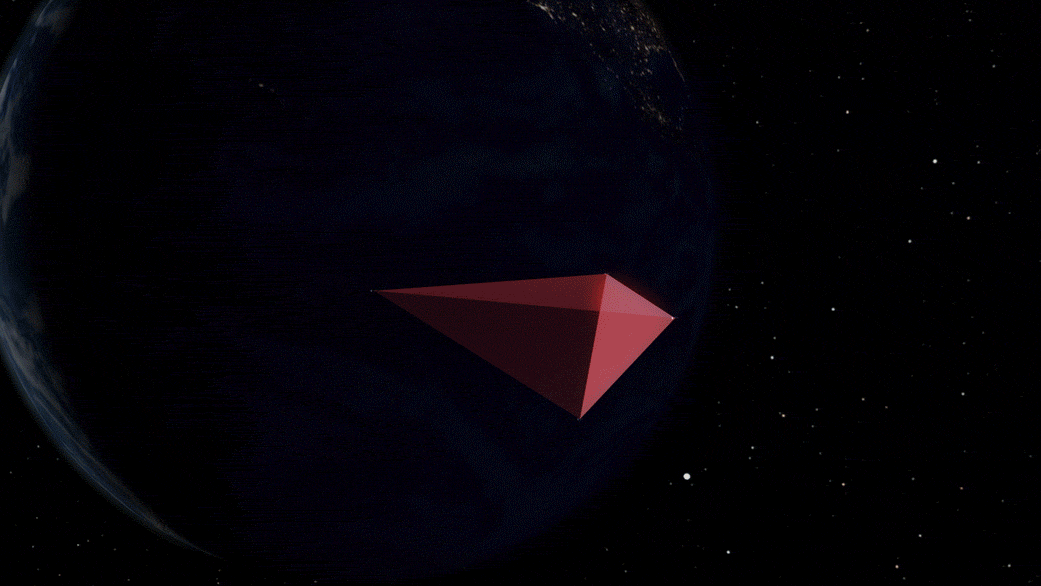Cosmic mysteries
The existence of dark matter and dark energy remains one of the greatest mysteries of the modern universe. These two elements are actually necessary to explain astronomical observations, but their exact origins and nature remain largely unknown.
On the one hand, dark matter is a form of hypothetical matter that neither emits nor reflects light, making it invisible to conventional telescopes. Its existence is inferred from the gravitational effects it exerts on visible matter, such as stars and galaxies.
While we know that it represents about 27% of the universe's total mass and energy, its exact composition remains a mystery. Current theories suggest that it could be composed of exotic particles, such as WIMPs (weakly interacting massive particles), but no direct evidence of their existence has been found so far.
Dark energy is a form of energy that appears to be responsible for accelerating the expansion of the universe. Unlike dark matter, which exerts an attractive force, this time dark energy will act as a repulsive force, pushing galaxies away from each other at increasing speeds.
About 68% of the universe's total energy is attributed to dark energy, but again, its origin and nature remain largely unknown. Theories vary, from the existence of a unified energy field to fundamental modifications of Einstein's theory of gravity.
Need new physics?
Faced with these cosmic mysteries, researchers naturally explore different ways to try to solve them. Some turn to new theories, such as modified gravity or alternative theories of general relativity, in the hope of finding a more satisfactory explanation. Others see the existence of new particles or new fundamental interactions that could explain these phenomena.
In this context, NASA researchers led by Slava G. Turyshev propose an innovative approach to address these cosmic mysteries. Their proposal is fundamentally based on the idea that the anomalies observed in the behavior of matter and energy in the universe could be the result of as-yet unexplored physics.
This hypothesis then raises the possibility of discovering these potential forces or phenomena on smaller scales, such as those in the solar system, but how can we do this?
Revolutionary strategy
The team's proposal is based on an innovative approach using spacecraft flying in a tetrahedral formation and equipped with interferometers.
As a reminder, a tetrahedral configuration is a configuration in which spaceships are arranged in space to form a tetrahedron, which is a geometric shape consisting of four triangular faces. Each bowl is placed at the top of a tetrahedron, with the distances and angles between them carefully controlled.
Interferometers are instruments that measure phase differences between light waves or other types of electromagnetic waves. They exploit the phenomenon of interference, where two waves interfere and produce interference patterns that depend on the phase differences between them.
In this way, spacecraft will be able to measure the relative distances and speeds between each other with extreme accuracy. This precision will make it possible to reliably detect small variations in the gravitational field, which can indicate anomalies compared to the predictions of general relativity.
These differential measurements will actually be necessary to cancel out the effects of non-gravitational noise sources, such as propulsion activity and solar radiation pressure, which can disrupt observations.

This animation shows the flying formation of the four satellites. Credits: NASA Goddard Space Flight Center/Joy Ng, producer
Many challenges to overcome
However, achieving this mission will not be without challenges. Researchers will indeed have to overcome many technical and technological hurdles to achieve the level of accuracy necessary to detect subtle differences in the gravitational field.
The sensitivity of the instruments and the stability of the spacecraft will be crucial factors in ensuring the reliability of the measurements. In addition, external interferences, such as temperature changes and cosmic radiation, must be minimized to avoid false detection.
Another difficulty is the need to analyze and filter the collected data to distinguish between gravity signals and noise fluctuations. This requires the development of advanced signal processing techniques and data analysis algorithms to extract relevant information.
Despite these challenges, the team remains optimistic about the feasibility and potential of the mission. By testing the limits of general relativity on an unprecedented scale, researchers can discover previously unknown physics, thus laying the foundations for a new era in our understanding of the universe.
source : Physical review d

“Music guru. Incurable web practitioner. Thinker. Lifelong zombie junkie. Tv buff. Typical organizer. Evil beer scholar.”






More Stories
A large manufacturing project awaits space in the industrial zone
According to science, here are officially the two most beautiful first names in the world
Green space, 100% pedestrianized: DIX30 reinvents itself